Microgreens are young, tender seedlings of vegetables and herbs that are harvested just after the first true leaves develop. Despite their small size, they are nutrient powerhouses, packed with vitamins, minerals, and antioxidants that surpass their mature counterparts. Growing microgreens indoors is a simple, space-efficient, and highly rewarding practice, allowing anyone—regardless of garden space—to enjoy fresh, nutritious greens year-round.
This guide provides step-by-step instructions on growing microgreens indoors, including plant selection, growing methods, care tips, and harvesting techniques, making it easy to incorporate them into salads, sandwiches, and smoothies.
1. Why Grow Microgreens Indoors?
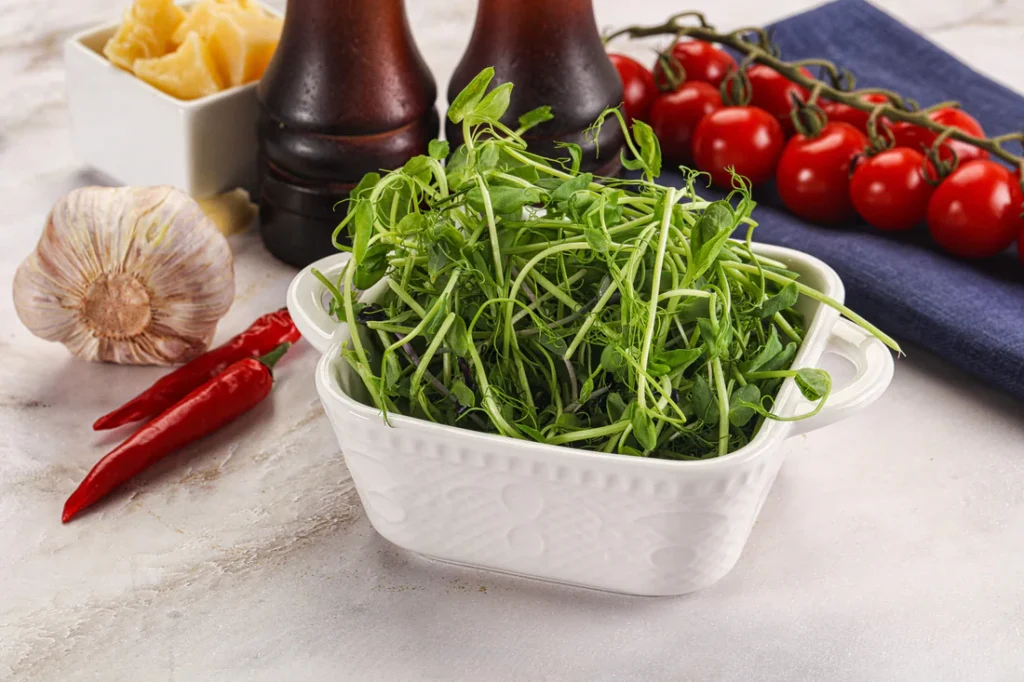
Indoor microgreens cultivation offers multiple advantages:
a. Year-Round Nutrition
- Indoor growth eliminates dependence on seasonal changes.
- Provides fresh greens even during winter or rainy seasons.
b. Space Efficiency
- Requires minimal space—windowsills, kitchen counters, or shelves are sufficient.
- Ideal for apartments and urban living where outdoor gardening is limited.
c. Quick Growth
- Microgreens grow rapidly, usually ready to harvest within 7–21 days depending on the variety.
- Allows for continuous harvesting cycles for fresh supply.
d. Enhanced Nutritional Value
- Microgreens contain 2–5 times more nutrients than fully-grown vegetables, including vitamins A, C, E, K, and minerals like iron, magnesium, and potassium.
e. Low Maintenance
- Indoor microgreens require minimal equipment, water, and soil, making them beginner-friendly.
Growing microgreens indoors combines health benefits, convenience, and sustainability, making them a valuable addition to any kitchen.
2. Selecting the Right Microgreens
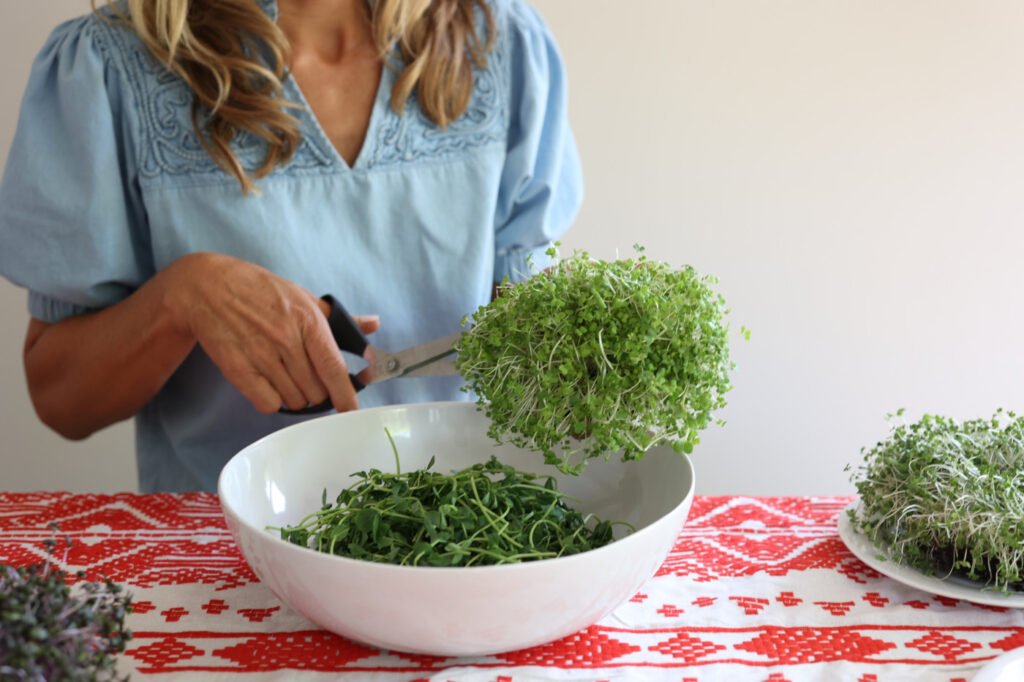
Choosing suitable microgreens depends on taste preference, nutrient content, and growth speed:
a. Popular Varieties
- Arugula: Spicy flavor; high in vitamins A and C.
- Broccoli: Mild, slightly sweet; packed with antioxidants and sulforaphane.
- Radish: Peppery flavor; rich in vitamin C and potassium.
- Kale: Earthy flavor; high in vitamins K, C, and calcium.
- Sunflower: Nutty flavor; rich in protein and essential fatty acids.
- Basil: Aromatic; adds flavor to salads and dishes.
- Beets: Earthy flavor; rich in iron and folate.
b. Choosing Seeds
- Use organic, non-GMO seeds to ensure safety and health benefits.
- Avoid seeds treated with chemicals or fungicides.
- Purchase microgreen-specific seeds for best germination rates.
Proper seed selection ensures healthy growth, high yield, and maximum nutrition.
3. Gathering Materials and Equipment
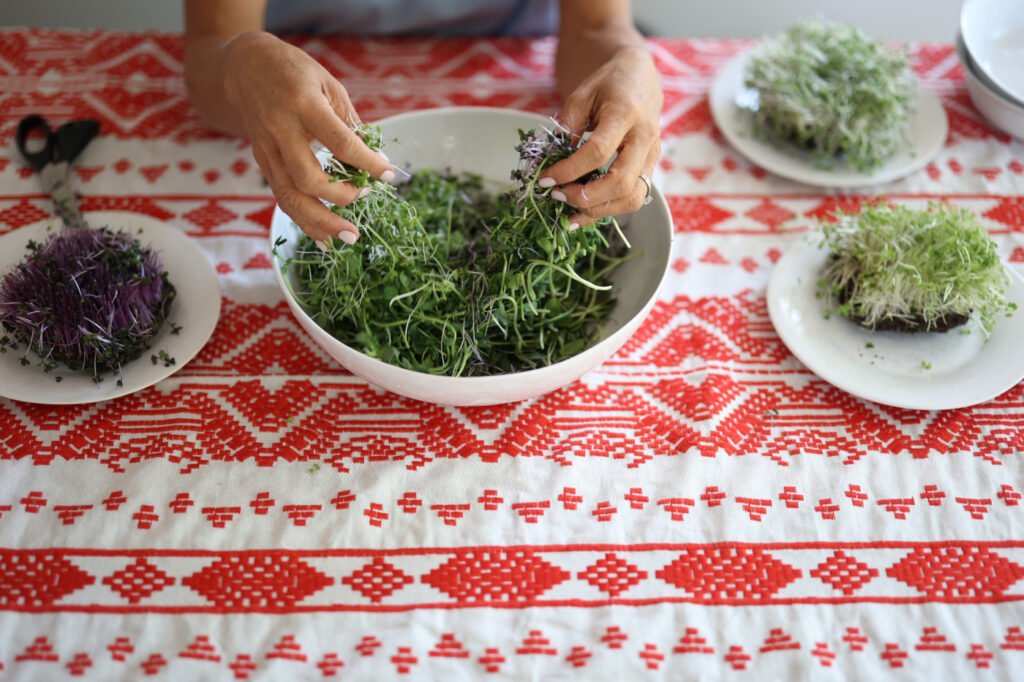
Indoor microgreens require simple materials:
- Shallow Growing Trays: 1–2 inches deep; allow easy drainage.
- Seedling Soil or Coco Coir: Light, fine-textured, and well-draining medium.
- Spray Bottle: For gentle watering.
- Light Source: Natural sunlight near windows or LED grow lights for consistent growth.
- Seeds: Microgreen varieties of choice.
- Labels: Optional, to track different varieties.
These basic items allow for efficient and productive indoor microgreen cultivation.
4. Preparing the Growing Medium
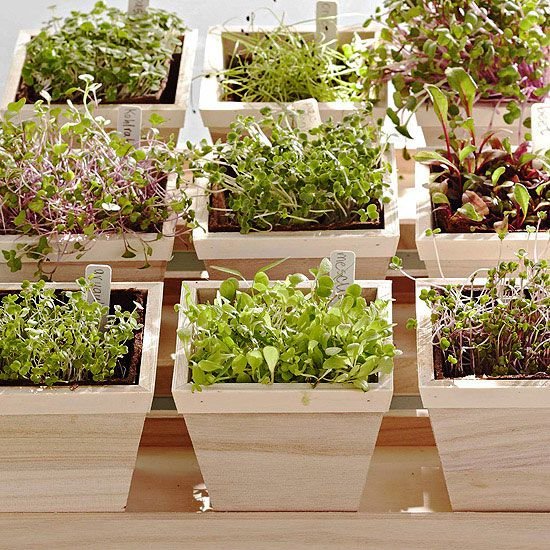
The growing medium provides support, nutrients, and moisture retention for microgreens:
a. Soil Preparation
- Use organic potting mix or seed-starting soil.
- Moisten the soil lightly; it should be damp but not waterlogged.
- Fill trays about 1–1.5 inches deep.
b. Alternative Medium
- Coco coir or hemp mats are excellent soilless options.
- They retain water well and reduce risk of mold.
A well-prepared growing medium ensures healthy root development and consistent growth.
5. Sowing Microgreen Seeds
Proper sowing promotes even germination and strong seedlings:
- Sprinkle seeds evenly across the surface of the soil or mat.
- Press seeds gently into the medium to ensure contact.
- Lightly cover some seeds with a thin layer of soil if required (radishes and sunflowers may not need coverage).
- Mist the seeds with water to maintain moisture.
Tip: Avoid overcrowding seeds; dense planting may increase risk of mold and reduce airflow.
6. Light and Temperature Requirements
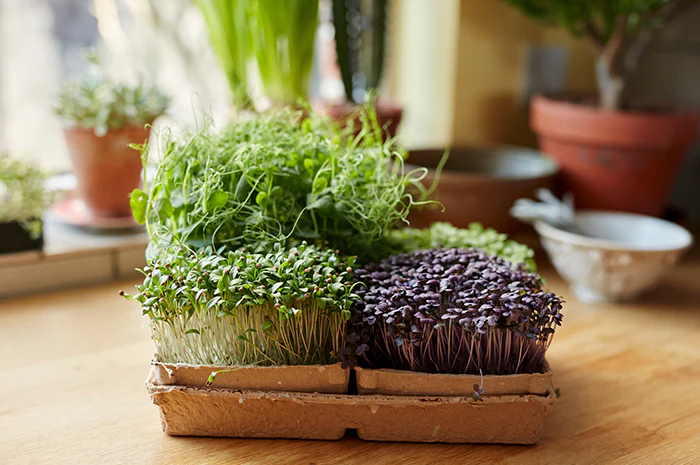
Microgreens require adequate light and a stable environment:
a. Light
- Place trays in bright, indirect sunlight for 4–6 hours daily.
- Supplement with LED grow lights for 12–16 hours daily if sunlight is insufficient.
- Ensure lights are positioned 6–12 inches above seedlings.
b. Temperature
- Optimal growth occurs at 18–24°C (65–75°F).
- Avoid placing trays near heating vents or drafty windows.
Proper light and temperature conditions ensure vibrant, healthy microgreens with optimal nutrient content.
7. Watering and Care
Microgreens need careful attention to water and hygiene:
- Mist seedlings 1–2 times daily to keep soil moist.
- Avoid waterlogging, which can cause root rot or mold.
- Ensure trays have drainage holes for excess water.
- Thin overcrowded seedlings to maintain airflow and prevent disease.
Regular care ensures rapid growth, strong stems, and high-quality harvest.
8. Harvesting Microgreens
Microgreens are ready for harvest when true leaves appear, usually 7–21 days after sowing:
Steps for Harvesting
- Use sharp scissors or a small knife.
- Cut stems just above soil level, leaving roots behind.
- Rinse gently in cool water if needed.
- Pat dry with a paper towel.
Harvested microgreens can be used immediately for salads, sandwiches, smoothies, and garnishes. Continuous sowing allows for a steady, year-round supply.
9. Storage and Shelf Life
Microgreens are best consumed fresh, but they can be stored briefly:
- Place in an airtight container or plastic bag in the refrigerator.
- Consume within 3–5 days for maximum flavor and nutrients.
- Avoid washing until just before use to reduce spoilage.
Fresh storage maintains crisp texture, vibrant color, and nutrient density.
10. Creative Uses for Microgreens
Microgreens are not just nutritious—they enhance the visual appeal and flavor of dishes:
- Add a burst of color to salads, soups, and sandwiches.
- Garnish omelets, pasta, and grain bowls.
- Blend into smoothies or pestos for concentrated nutrition.
- Use as edible decoration for home-cooked meals or special occasions.
By incorporating microgreens creatively, you can maximize both their aesthetic and nutritional value.
11. Advantages of Indoor Microgreen Gardening
Indoor microgreens offer multiple benefits:
- Health Benefits: Rich in vitamins, minerals, and antioxidants.
- Environmental Sustainability: Minimal water, no pesticides, and reduced food miles.
- Space Efficiency: Suitable for small apartments or urban homes.
- Rapid Growth: Quick turnover and multiple harvests in a short time.
- Educational Value: Great project for children and adults to learn about plant growth.
Indoor microgreens cultivation combines nutrition, convenience, and eco-friendly gardening in a compact package.
12. Common Challenges and Solutions
a. Mold Growth
- Cause: Overwatering or poor airflow.
- Solution: Water moderately and provide good ventilation.
b. Weak or Leggy Sprouts
- Cause: Insufficient light.
- Solution: Increase sunlight exposure or use LED grow lights.
c. Low Germination Rate
- Cause: Old or low-quality seeds.
- Solution: Use fresh, organic, and properly stored seeds.
Addressing these challenges ensures consistent and successful microgreen harvests.
Conclusion: Nutritious Salads Made Easy
Growing microgreens indoors is a rewarding, nutritious, and sustainable practice. With proper selection of seeds, growing medium, lighting, and care, anyone can cultivate a continuous supply of vitamin-rich greens year-round.
From arugula and kale to sunflower and basil, microgreens offer a concentrated source of nutrition that enhances salads, sandwiches, and smoothies with flavor, color, and health benefits. They are perfect for small-space gardeners, urban dwellers, or anyone seeking fresh greens without the hassle of a full garden.
By following these steps and maintaining your microgreens carefully, you can enjoy healthy, delicious, and visually appealing salads, while practicing sustainable indoor gardening that benefits both your body and the environment.
